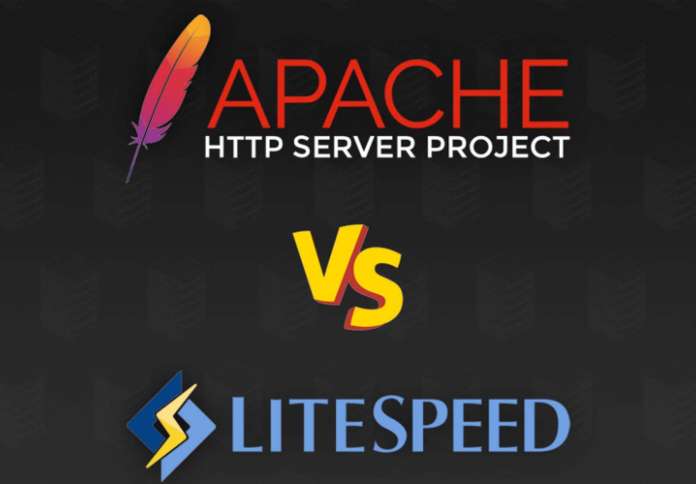How Do I Migrate From Apache To Litespeed?
Apache and Litespeed are both popular web servers used to host websites and web applications. While Apache has been dominating the web server market for many years, Litespeed has been gaining popularity due to its performance and scalability. If you are currently using Apache and want to migrate to Litespeed, this article will guide you through the process.
Migrating from Apache to Litespeed involves a few key steps, such as installing Litespeed, configuring the server, and migrating your website files. Let’s take a closer look at each of these steps to help you make a smooth transition.
Step 1: Install Litespeed
The first step in migrating from Apache to Litespeed is to install the Litespeed web server on your server. You can download the Litespeed web server from the official website or use a package manager to install it on your server.
Once you have downloaded the Litespeed web server, you can follow the installation instructions provided by Litespeed to install it on your server. The installation process is relatively straightforward and should not take too long to complete.
Step 2: Configure Litespeed
After installing Litespeed, the next step is to configure the server to meet your requirements. Litespeed provides a web-based control panel called Litespeed WebAdmin Console, which you can access using your web browser.
In the Litespeed WebAdmin Console, you can configure various settings such as virtual hosts, PHP settings, security features, and more. You can also set up SSL certificates, create rewrite rules, and manage other server settings through the control panel.
Step 3: Migrate Your Website Files
Once Litespeed is installed and configured, the next step is to migrate your website files from Apache to Litespeed. This involves transferring your website files, databases, and any other dependencies to the new server.
You can use an FTP client to transfer your website files from your old server to the new Litespeed server. Alternatively, if you have access to the command line, you can use tools like rsync or scp to transfer your files securely.
If your website relies on a database, you will also need to migrate your database from Apache to Litespeed. This may involve exporting the database from your old server and importing it into the new Litespeed server using tools like MySQL or phpMyAdmin.
In addition to transferring your website files and database, you should also update any configuration files or settings that may be specific to Apache. For example, you may need to update your .htaccess file to work with Litespeed’s rewrite rules.
After migrating your website files, you should test your website to ensure that it is working properly on the new Litespeed server. You may need to make some adjustments to your website or server settings to ensure everything is running as expected.
FAQs
Q: Can I use the same configuration files from Apache on Litespeed?
A: While Litespeed is compatible with many Apache configuration files, there may be some differences that require adjustments. It is recommended to review and update your configuration files to ensure they work with Litespeed.
Q: Are there any performance benefits to migrating from Apache to Litespeed?
A: Litespeed is known for its superior performance and scalability compared to Apache. Many users have reported significant improvements in website speed and server responsiveness after migrating to Litespeed.
Q: Will my website applications work the same on Litespeed as they did on Apache?
A: In most cases, your website applications should work the same on Litespeed as they did on Apache. However, there may be some compatibility issues that require attention, especially if your applications rely on specific Apache modules or configurations.
Q: Do I need to purchase a Litespeed license to use the web server?
A: Litespeed offers both open-source and commercial versions of its web server. While the open-source version is free to use, it may have limitations in terms of features and support. The commercial version of Litespeed offers additional features and dedicated support but requires a license fee.
In conclusion, migrating from Apache to Litespeed can offer significant benefits in terms of performance, scalability, and server management. By following the steps outlined in this article and addressing any potential challenges along the way, you can successfully transition from Apache to Litespeed and enjoy the advantages of a robust and efficient web server solution.





